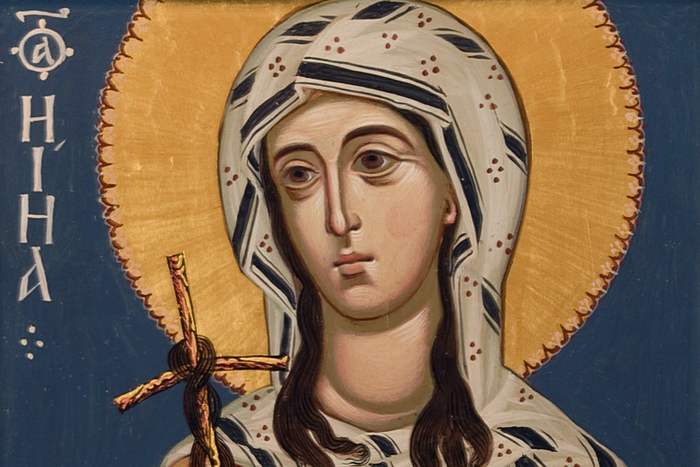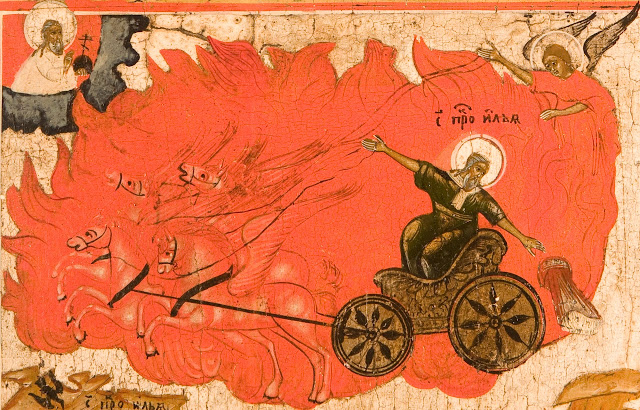
Today we talk a lot about the necessity of the Orthodox mission, and often complain about the lack of appropriate traditions and experience. We also talk about the urgent need for new and innovative methods of missionary work, while forgetting what can be called the basic aspect of Christian mission – preaching with one’s own life. This kind of missionary work is often the only feasible one.
In addition, we should not forget that, although preaching the Gospel is one of the commandments of the Savior, if the Lord Himself does not lead a person to the faith, no one can do it, no matter how trained and zealous a missionary he is. No man can come to me, except the Father which hath sent me draw him: and I will raise him up at the last day (John 6:44).
Some may argue that we need not merely to live piously but also to attract public attention. We also have to go to people and tell them about Christ. And yet, a truly Christian life can sometimes do much more than debate, polemics, or nice words. This is confirmed by the life story of St. Nina, the Enlightener of Georgia.
Wishing to touch the great Christian relic – the chiton of the Lord – with her own hands, St. Nina, Equal-to-the-Apostles, received a blessing from the Mother of God to preach among the Iberians in her dream. Hagiographers claim that the Mother of God presented her with a cross made of vine twigs. Nina took it on her missionary journey to a distant and unknown country, which she had only known from the stories of her caretaker.
As you know, the lives of saints are not just edifying stories, but also the most striking metaphorical images that help us understand the essence of Christian living. The history of St. Nina’s mission was very popular among Western Christians in the Middle Ages, which is somewhat ironic, because the concept of Christian mission for Western Europeans in the Middle Ages was associated mainly with the Crusades. It seems that those who read the story of the conversion of the Iberian people through the prisoner (a chapter in The Church History by Rufinus of Aquileia) could not nevertheless imagine that it was possible not to fight with non-Christians but to go to them preaching about Christ.
The conquest of the Jerusalem holy sites from the non-Christians ended in a political and spiritual fiasco: rivers of blood were shed at the walls of Jerusalem; there was the heinous plundering of Christian Constantinople – and it all ended with the final defeat. In contrast to all this there is the image of the captive who came to a country where the great Christian relic was also in the hands of the Gentiles, and who enlightened them with the power of the Cross of Christ, woven from the branches of the grapevine and tied together with her own hair.
It must be said that the chiton of the Savior was never found by St. Nina, but according to legend, the place where it was buried was revealed to her and she spent a long time praying there.
Unlike the Crusades, Saint Nina’s sermon was peaceful and unobtrusive. Conversion of people against their will contradicted her understanding of the Christian mission. At first, she simply did not have the opportunity to act otherwise. Later, however, when King Mirian became a Christian and she had “administrative power” in her hands, the saint was still reluctant to convert the rest of Iberia by sword. The history proved the saint right, as an attempt of pressure resulted in several mountain tribes moving to hinterland and remaining pagans until the 19th century.
When we call the saint the enlightener of Georgia, we may imagine her passionate sermon in the streets of Mtskheta and other Iberian cities and villages. Meanwhile, she simply lived next to the Iberians, fulfilling her Christian duty. They would come to her, ask about her faith, and ask for help. Her uncompromising Christian life made her neighbors marvel and admire her. Some of them came to believe in Christ; some of them were thinking about Him; some of them were just passing by. But in spite of everything, in a short period of time – and the sermon of the Equal-to-the-Apostles lasted from twenty-five to thirty-five years according to various sources – an entire nation turned to Christ, and still remains faithful to Him. St. Seraphim of Sarov was indeed right when he said, Acquire a peaceful spirit, and thousands around you will be saved.
Today, as we admire the missionary feat of the saint, it seems that it is not superfluous to reflect on the fact that not all of us have the right and opportunity to teach people who are non-Christian and far from the Church. Each of us is capable of telling them about Christ with our actions and our respectful attitude towards our neighbors. Paraphrasing a well-known saying, not everyone can be a missionary, but everyone should be a witness to Christ with his or her own life.
Translated by The Catalogue of Good Deeds
Source: Alpha and Omega Almanac, No. 57, 2010



